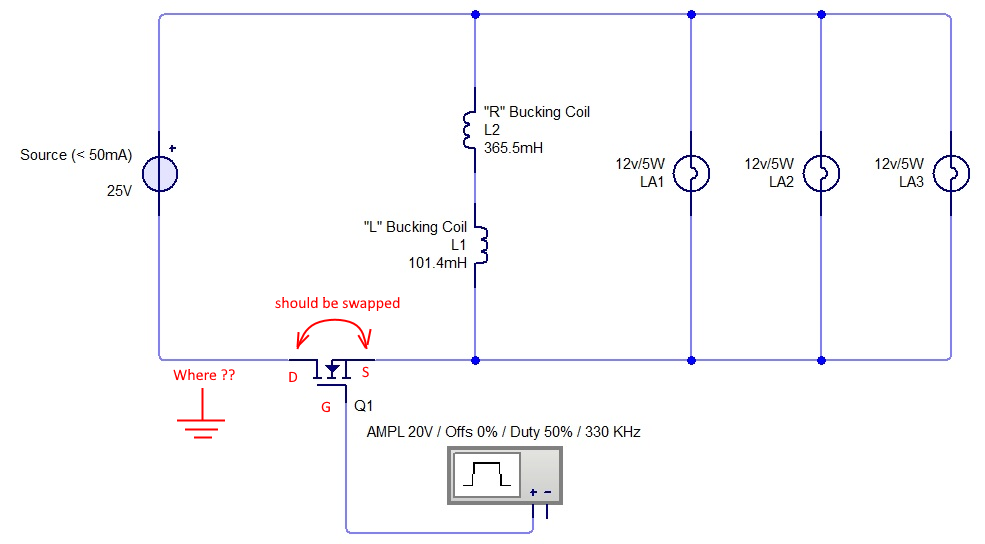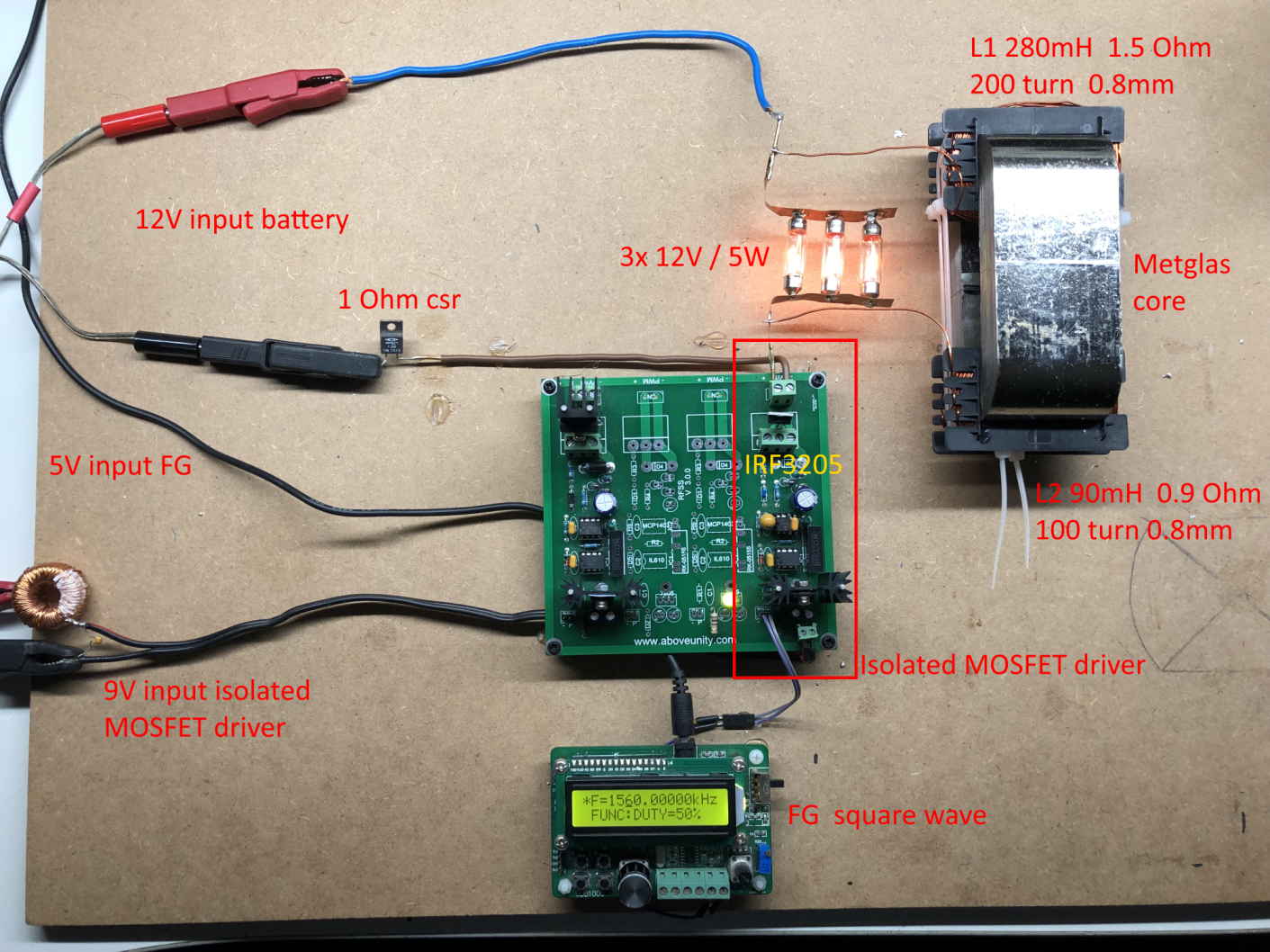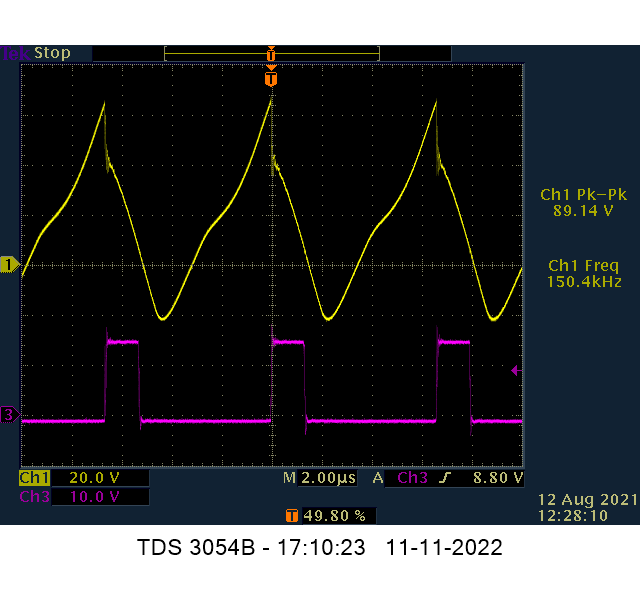Fighter
posted this
17 November 2022
Quoting:Itsu
Still suggestions are welcome.
Hi Itsu,
I was thinking a lot, at this point I don't know the cause why your replica is not producing the effect of minimizing the input.
But what I want to emphasize is the fact that what I presented is real and all the available data is public in the ZPM threads, there is no hidden information and no "trick" in my experiments and what I shown. I would never waste so much time to organize and present the data from my ZPM experiments and I would not waste my money just to present something fake. So what I shown is 100% real.
Now, first thing is I'd want to check something, I took 3 photos of my ZPM replica and I'm gonna show the direction of the windings for each coil and how they are connected together. This way you should have two pulsing North poles opposing each other at the top-middle of the core and two pulsing South poles opposing each other at the bottom-middle of the core.
This is a photo of the R (right) coil and the winding direction: the wire coming from the L (left) coil, the one marked by the red arrow, is going in the direction shown by my finger:
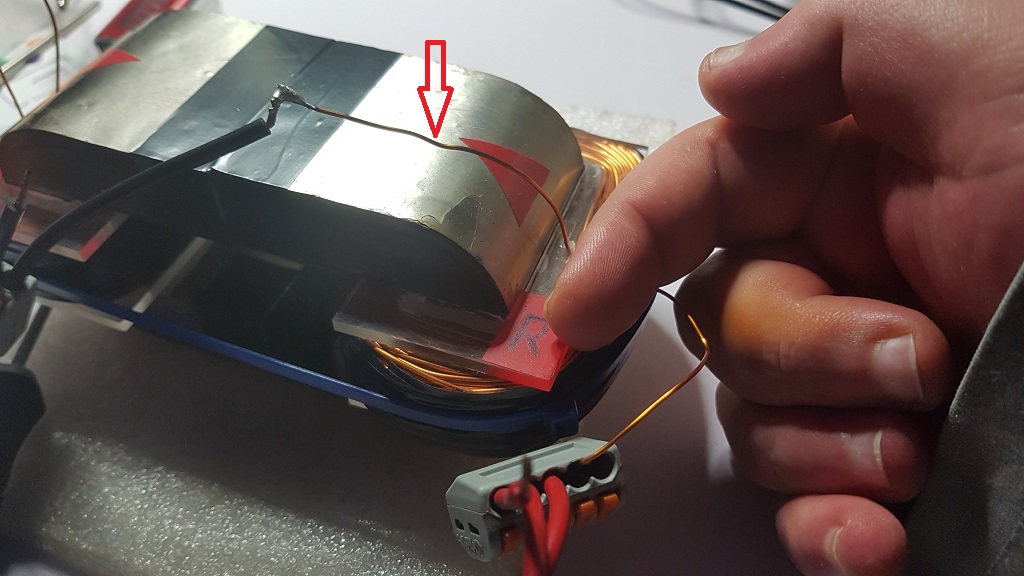
And this is a photo of the L (left) coil and the winding direction: the wire coming from the R (right) coil, the one marked by the red arrow, is going in the direction shown by my finger:
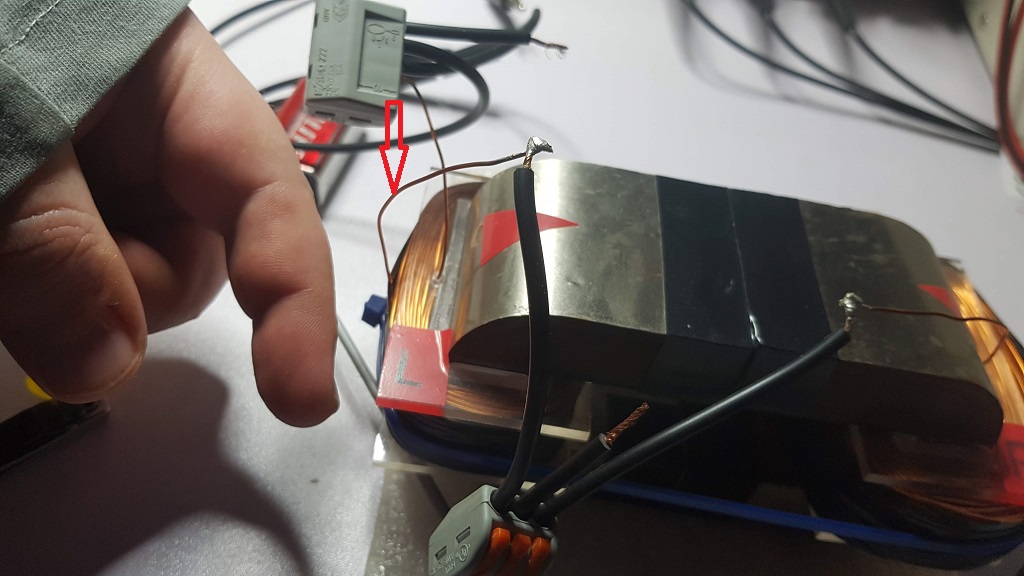
And this is how the other ends of the coils are connected to the circuit, the R (right) coil is connected to Positive coming from the MOSFET driver (basically directly from the Positive of the DC source) and the L (left) coil is connected to Negative coming from the MOSFET driver (from the Negative of the DC source but the connection is On/Off based on the MOSFET's command):
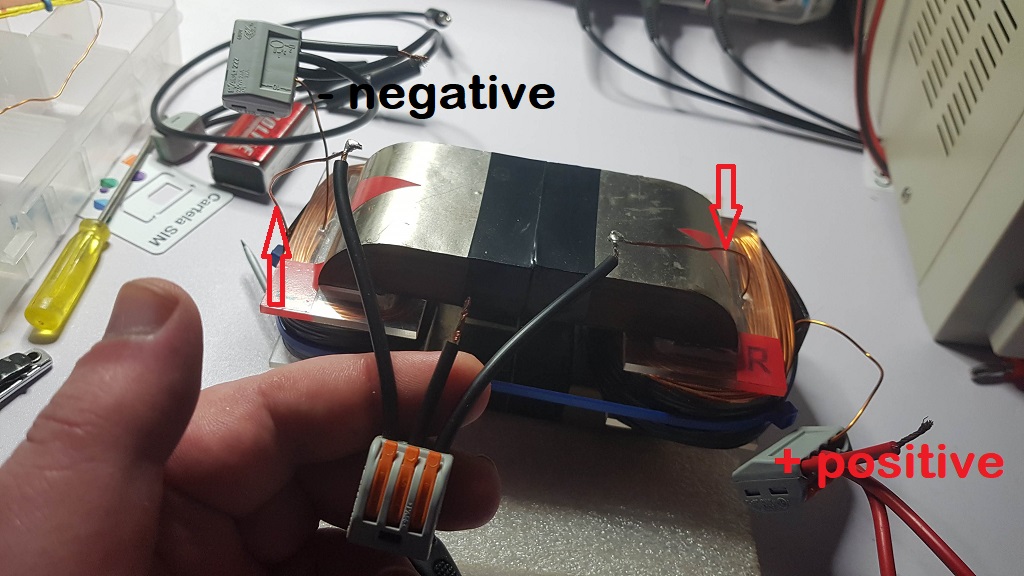
Also notice the beginning of the R (right) coil is connected at the end of the L (left) coil.
So let's check the replica's coils first, maybe there are differences causing the issue.
If they are okay, like in my photos, the second thing I would do is to try to use as close as possible my circuit with the DC power source powered from the grid and the grid having ground connection. Also the MOSFET driver being also powered from the DC source just like in my schema. My signal generator is also powered from the grid but ar this stage I don't think it matters if the signal generator is powered by grid or by a battery. At least I think it doesn't matter.
I mean I would get as close as possible to the schema I shown without things powered by batteries separately and stuff like this.
What intrigues me is why your MOSFET is not getting very hot very fast like it happens with my MOSFET (one of the channels of the black box I use with ZPM), in my case I need a big radiator and active cooling (two fans) in the MOSFET driver (the black box):

Regards,
Fighter
| "If you want to find the secrets of the universe, think in terms of
energy, frequency and
vibration." |
|
|
Nikola Tesla |
